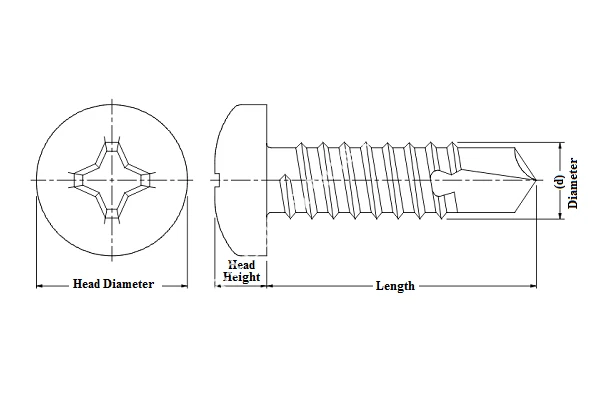famous drywall screw pops new construction
Understanding Drywall Screw Pops in New Construction
In the world of home building and renovation, drywall installation is a fundamental process that can significantly impact the aesthetics and functionality of a space. However, one commonly encountered issue in newly constructed homes is the phenomenon known as screw pops. These seemingly minor problems can lead to major headaches for homeowners, builders, and contractors alike. Understanding what causes drywall screw pops, how they can be prevented, and the best methods for repair is essential for anyone involved in new construction.
What are Drywall Screw Pops?
Drywall screw pops refer to the visible bumps or ridges that appear on the surface of drywall, often around screws that have become loose or pushed upward. This issue is predominantly cosmetic but can sometimes indicate underlying structural problems. The sight of these unwanted imperfections can be frustrating for homeowners, especially after investing significant time and money into a new build.
Causes of Screw Pops
Several factors contribute to the occurrence of screw pops in drywall installations. One of the main culprits is the natural settling of a house. As a new structure settles, the frame and drywall may shift slightly, causing screws to loosen over time. Additionally, changes in temperature and humidity can exacerbate this issue. When the air within a home cools or heats, the materials that make up the structure expand and contract, which can lead to the movement of screws.
Poor installation practices can also play a role. For instance, if screws are incorrectly installed at the wrong depth, they may not securely hold the drywall in place. Furthermore, using the wrong type or size of screws can result in failure to adequately anchor the drywall to the studs. These errors can increase the likelihood of screw pops developing over time.
Prevention of Screw Pops
Preventing screw pops starts with proper installation techniques. Builders and contractors should ensure that screws are placed at the correct depth during the installation of drywall. Ideally, the screw head should be just slightly recessed, creating a dimple that can be adequately covered with joint compound. This technique not only helps to prevent pops but also creates a smoother finish, enhancing the overall appearance of the walls.
In addition to correct screw installation, the choice of materials is crucial. Using high-quality drywall and screws specifically designed for drywall applications can reduce the risk of screw pops. Moreover, incorporating flexible materials in the construction process can help mitigate the effects of settling and temperature changes.
famous drywall screw pops new construction

Proper acclimatization of building materials is another key step in prevention. Drywall should be allowed to adjust to the home's temperature and humidity conditions before installation. This practice minimizes the risks associated with sudden expansion and contraction that can lead to screw pops.
Repairing Screw Pops
The good news for homeowners is that repairing screw pops is a relatively simple process. The first step involves locating the offending screw pops, usually seen as dimples or bumps in the drywall surface. Once identified, the process can proceed as follows
1. Reinsert the Screw For any screws that have come loose, reinserting them deeper into the drywall can secure them back in position.
2. Joint Compound Application After ensuring the screws are snug, apply a thin layer of joint compound over the area, feathering it outwards to blend with the surrounding wall. This compound should then be allowed to dry completely.
3. Sanding and Painting Once the joint compound dries, it is essential to sand the area smooth before repainting to match the wall color.
For those uncomfortable with DIY repairs, or if the problem persists, hiring a professional may be the best option. A contractor can diagnose any underlying issues and ensure a thorough repair.
Conclusion
Screw pops in drywall can be an annoying aspect of new construction, but with understanding, proper preventive measures, and effective repair techniques, homeowners and builders can address these issues head-on. Through careful planning and execution, the beauty and integrity of newly constructed homes can be maintained, ensuring lasting satisfaction for occupants. By prioritizing quality workmanship and attention to detail throughout the construction process, builders can mitigate the occurrence of screw pops, creating a more comfortable and aesthetically pleasing living environment.
-
Top Choices for Plasterboard FixingNewsDec.26,2024
-
The Versatility of Specialty WashersNewsDec.26,2024
-
Secure Your ProjectsNewsDec.26,2024
-
Essential Screws for Chipboard Flooring ProjectsNewsDec.26,2024
-
Choosing the Right Drywall ScrewsNewsDec.26,2024
-
Black Phosphate Screws for Superior PerformanceNewsDec.26,2024
-
The Versatile Choice of Nylon Flat Washers for Your NeedsNewsDec.18,2024










